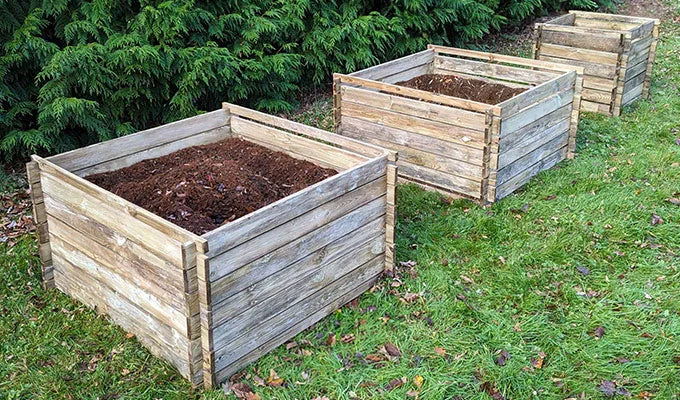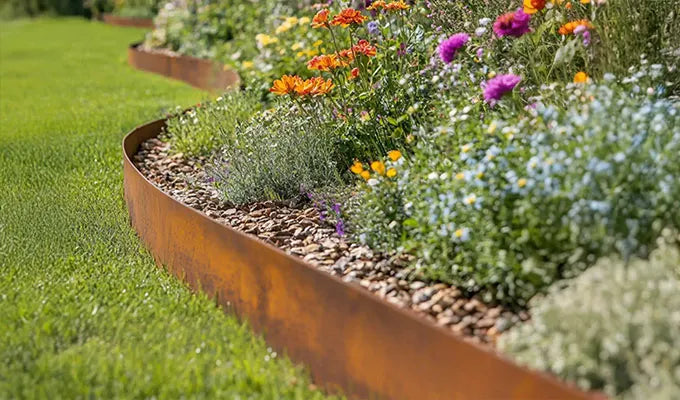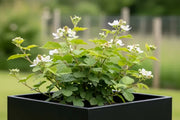The Complete Guide to Growing Apricot Trees
While often associated with sunnier climes, cultivating apricot trees in England is an achievable and rewarding endeavour, provided a few key considerations are met. The English climate, with its cooler springs and sometimes unpredictable summers, presents challenges, but careful site selection and variety choice can lead to successful harvests of these delectable fruits.
The primary challenge for apricots in the UK lies in their early flowering habit, which makes them highly susceptible to late frosts. To overcome this, choose a highly sheltered, south or south-west facing spot against a wall or fence. This provides crucial protection and maximises the available warmth and sunlight, which apricots absolutely adore. The ideal soil is well-drained, fertile, and ideally slightly alkaline to neutral. Heavy clay soils will need significant amendment with organic matter to improve drainage. Look for varieties bred for cooler climates or those known to be more reliable in the UK, such as 'Moorpark', 'Alfred', 'Early Rivers', or 'Tomcot'.
Growing Apricots in Planters
For those with limited garden space, or in areas prone to very late frosts, growing apricot trees in planters is an excellent solution. This allows for greater control over their environment. Opt for dwarf rootstocks or varieties naturally suited to containers. A large pot, at least 50-60 litres in volume, is essential to provide ample root space and stability. Use a good quality, loam-based compost with added grit for drainage. During the growing season, containerised apricots will require more frequent watering than those in the ground, especially during dry spells, and regular feeding with a balanced liquid fertiliser. In winter, move the planter to a more sheltered spot, such as against a house wall or into an unheated greenhouse, to protect the roots from extreme cold. Wrapping the pot with bubble wrap can also offer insulation.
How to Grow Apricot Trees
- Planting: Plant bare-root trees in autumn or container-grown trees in spring. Dig a hole twice as wide as the root ball and just as deep. Amend the excavated soil with plenty of well-rotted compost. Ensure the graft union is above soil level. Stake young trees securely to prevent wind rock.
- Watering: Consistent watering is vital, particularly during flowering, fruit set, and dry periods. Avoid waterlogging, as this can lead to root rot.
- Feeding: Apply a balanced granular fertiliser in early spring as new growth emerges. For container plants, use a balanced liquid feed every couple of weeks during the growing season.
- Pruning and Training: Apricots should be pruned in mid-summer, immediately after fruiting, to minimise the risk of silver leaf disease. Focus on removing dead, diseased, or crossing branches, and thin out overcrowded growth to improve air circulation and sunlight penetration. For wall-trained trees, fan or espalier training is common, which helps maximise warmth.
- Pollination: Most modern apricot varieties are self-fertile, meaning a single tree can produce fruit. However, hand-pollination with a soft brush during cold or wet springs can significantly improve fruit set, as bees may be less active. Gently brush pollen from flower to flower.
When Apricot Trees Flower and Fruit
Apricot trees are among the earliest fruit trees to bloom in the UK, typically producing their delicate white to pale pink blossoms in March or early April. This early flowering is what makes them vulnerable to late frosts, which can damage the flowers and prevent fruit set. Covering trees with horticultural fleece overnight when frost is forecast can offer valuable protection. Following successful pollination, the fruits begin to develop. Depending on the variety and the summer weather, apricots typically ripen from mid-July to late August. The fruit will change from green to a rich yellow or orange, often with a blush, and should feel slightly soft when gently squeezed. Pick them when they are fully coloured and have a strong, sweet aroma for the best flavour.





















